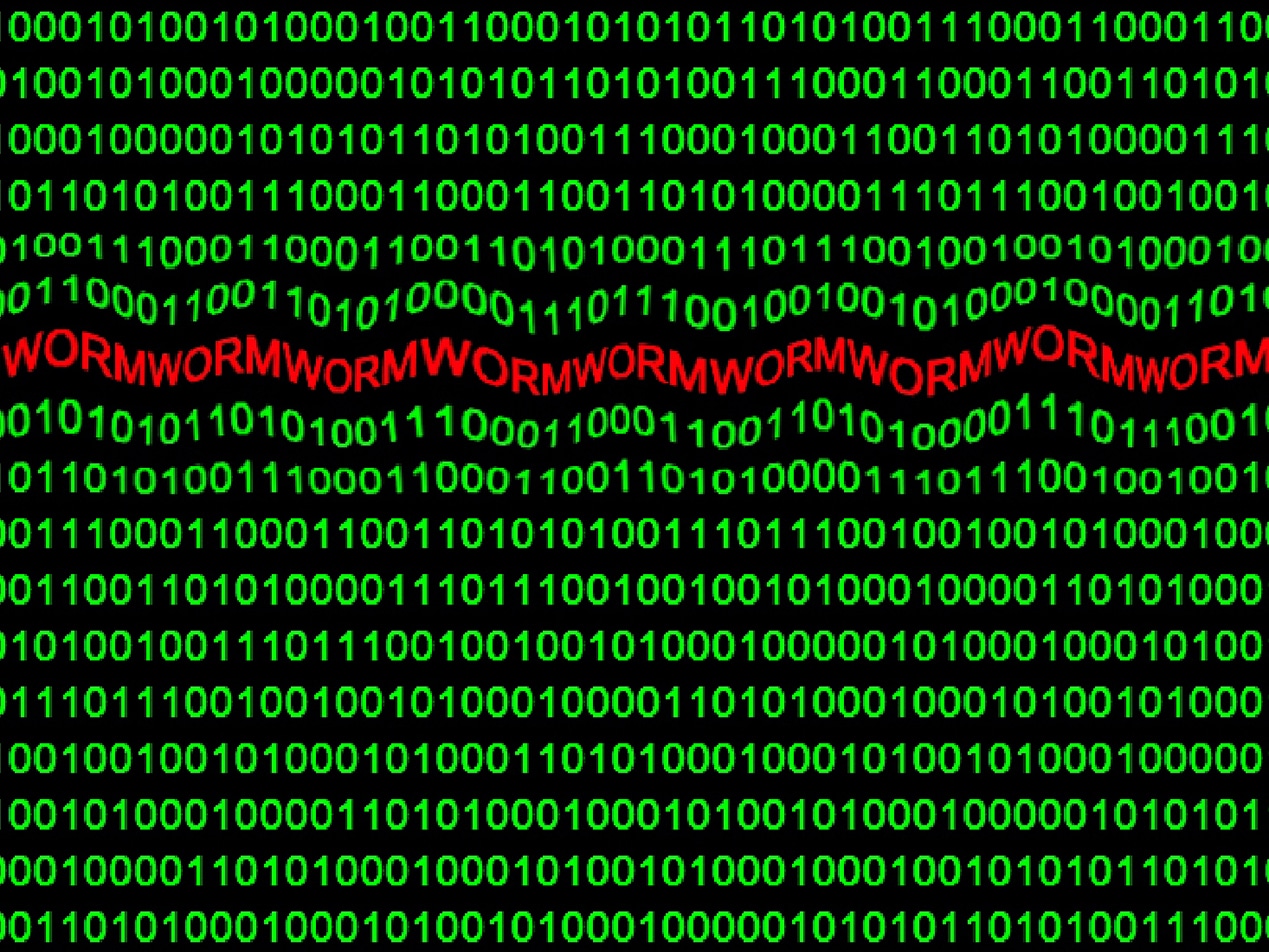
A worm virus is malicious software that can self-replicate and propagate through computer networks without requiring additional files or programs to assist in its spread. Once a worm infects a system, it can exploit vulnerabilities, steal sensitive information, corrupt files, consume system resources, and even create backdoors for hackers to gain unauthorized access.
Classifications and names of worms
Worm viruses come in various forms, each with its own classification and unique characteristics. Let's look at some of the common classifications and names of worms:
Email-worm
One prevalent type of worm is the email worm, which spreads by attaching itself to files transmitted through email messages. When unsuspecting users open these infected attachments, the worm activates and begins its replication process, infecting other devices in the network.
IM-worm
Another type of worm is the IM-worm, which leverages instant messenger (IM) networks to propagate. By accessing a user's address book, an IM-worm sends copies of itself to all the user's contacts, rapidly spreading through the network.
Net-worm
A net worm utilizes network shares to find new hosts. It targets servers or hard drives accessed by multiple computers via a local-area network (LAN) and spreads by copying itself to these shared resources.
P2P-worm
P2P-worms leverage peer-to-peer (P2P) networks to disseminate themselves. By exploiting P2P connections, they distribute copies of the worm to unsuspecting users, who inadvertently spread the infection further when they open the infected files.
How to identify a worm virus infection
Detecting a worm virus infection is necessary for mitigating its destructive potential. Here are some signs that may indicate the presence of a worm virus on a computer system:
Sluggish performance
Worm viruses can consume system resources, resulting in noticeable performance degradation. If a computer is running sluggishly or certain programs are crashing or behaving abnormally, it could indicate a worm infection.
Unexplained missing or new files
Worm viruses often delete or modify files on infected systems. If files suddenly go missing or new files appear without explanation, it may be a telltale sign of a worm virus at work.
Decreased available storage space
Due to their self-replicating nature, worm viruses can rapidly consume hard drive space. If the available storage space on a device is dwindling rapidly, it could indicate a worm infection.
Read more: What is cybersecurity in healthcare?
Protecting against worm viruses
Given the destructive potential of worm viruses, one needs to implement security measures to safeguard computer systems. Here are some best practices to protect against worm viruses:
Invest in internet security software
Deploying a powerful internet security software solution is paramount in defending against worm viruses. A reliable antivirus product can detect and neutralize various types of malware, including worms, thereby providing a strong layer of protection.
Exercise caution with email attachments
Be cautious when opening email attachments, especially those from unknown or suspicious sources. Verify the authenticity of the attachment before opening it, and consider scanning it with an antivirus program to detect any potential threats.
Keep operating systems up to date
Regularly updating operating systems is important for enhancing security and guarding against vulnerabilities that may be exploited by worm viruses. Manufacturers often release patches and updates to address known vulnerabilities, so staying up to date is needed.
In the news
Millions of devices are still at risk from the abandoned PlugX USB worm virus, which can copy itself to spread. According to Ars Technica, nearly 2.5 million IP addresses reported infections over six months starting in September 2023. A report from Sekoia found that over 80% of infected devices were in about 15 countries, with Nigeria, India, China, Iran, and Indonesia being the most affected. Unlike previous USB worm viruses like RETADUP, which mainly hit Spanish-speaking countries, PlugX seems to have started in multiple places at once. Researchers also warned that hackers with access to infected IP addresses could make the virus delete itself, but this would also erase any data on those devices.
FAQs
What is the main difference between a worm and a virus?
Viruses and worms both cause damage and copy themselves rapidly. The main difference is how they self-replicate, with viruses requiring the help of a host and worms acting independently. Unlike viruses, worms can replicate and spread without any human activation.
What is the worm that nearly ate the internet?
The Conficker worm infected its first computer in November 2008, and within a month had infiltrated 1.5 million computers in 195 countries. Banks, telecommunications companies, and government networks became infected almost instantaneously.
Why do hackers use worms?
Some worms may install a backdoor. This allows the computer to be remotely controlled by the worm author as a "zombie". Networks of such machines are often referred to as botnets and are very commonly used for a range of malicious purposes, including sending spam or performing DoS attacks.
Why is a worm virus a concern for HIPAA compliance in healthcare settings?
Worm viruses are a concern because they can lead to widespread unauthorized access to PHI, compromise the integrity of healthcare systems, and cause operational disruptions. Successful infections can result in HIPAA violations, financial penalties, and damage to the organization’s reputation for not safeguarding patient information.
Subscribe to Paubox Weekly
Every Friday we'll bring you the most important news from Paubox. Our aim is to make you smarter, faster.



